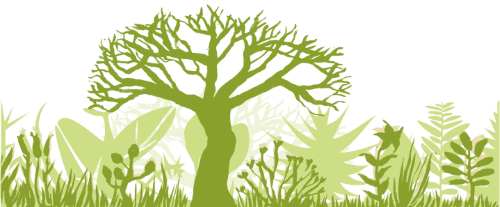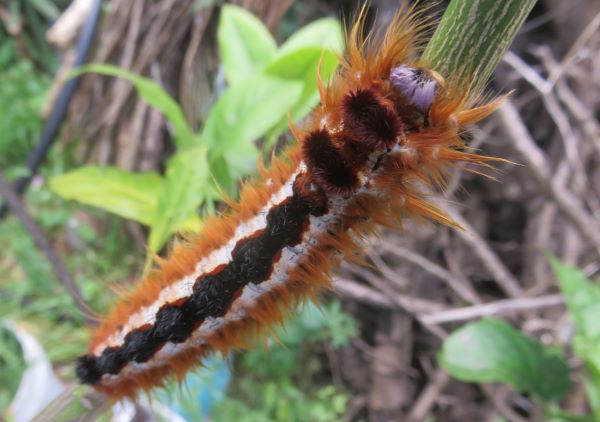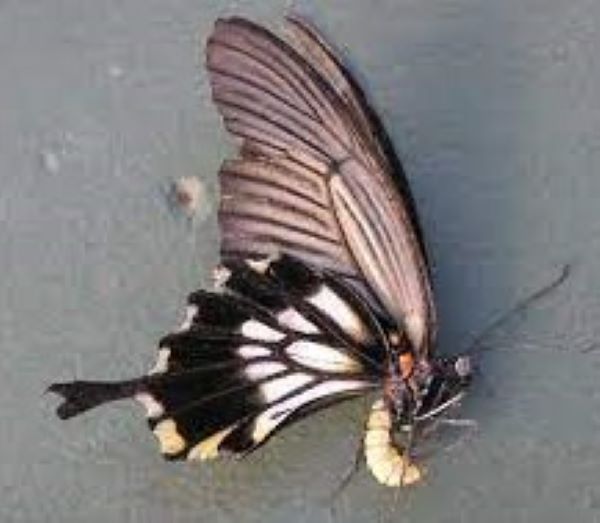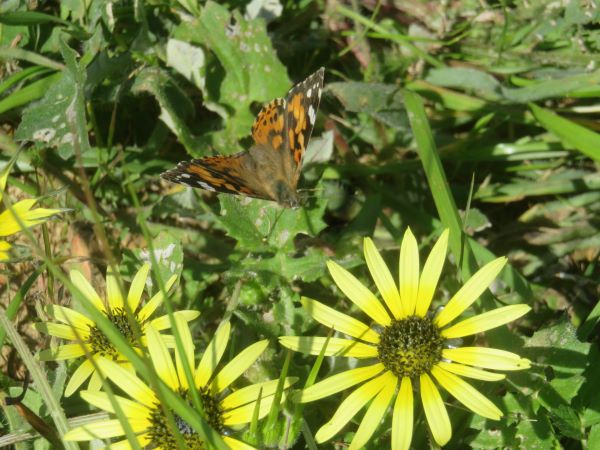| Back to Back Issues Page |
 |
|
Restore Nature, Issue #22 March 15, 2025 |
HelloRESTORE NATURE NEWSLETTERMarch 2025TO SUPPORT BUTTERFLIES,SUPPORT CATERPILLARS.
Dear Readers Sometimes as a gardener you may need access to information, and it is just not available anywhere. What can we plant to support insects and stop their decline in our incredibly diverse Cape Floral Kingdom ? The answers are not easy to find for a common or garden gardener. And now is the time of year we should be sowing and planting native plants ! People often want to plant pollinator gardens and that is extremely useful, and plays its part in biodiversity support. But....by and by I realized that supporting the larvae of flying insects is as, if not more important. I was inspired by videos about Doug Tallamy, an American ecologist to take this view. He recommends the planting of keystone species that he defines as supporting the most moth and butterfly larvae, and thus supporting the greatest conversion of plant to animal biomass. In the northern hemisphere deciduous forest regions these plants are commonly species of oak and willow, cherry and other common native and wild trees. Many of them are host plants to hundreds of caterpillar species, and these caterpillars are the main food of nestlings and insectivorous birds. The Fynbos is apparently butterfly poor, and I wondered what the most productive plants were for supporting insect life and what the most productive insects were at converting plant biomass through being devoured by birds. It could be termites, or herbivorous beetles or some other type of insect, but online searches didn't get me answers. Things are different in the Fynbos and the most common groups of insects are not the same as those in the north. I could not find any information on these highly productive keystone species at the Cape and set about collecting my own information. 
Sadly a dead butterfly found in the garden was often the closest I got to capturing their beauty. First I discovered the books 'Bring Nature back to your Garden' by the Botha's who have done all the filtration work for the reader and make the best books I've found for the biodiversity concerned gardener in South Africa. Their books have lists of plants supporting butterflies and birds, and supporting humans with edibles and medicinals and plants performing specific landscaping functions. The hand book by the Bothas covered the whole western side of South Africa and includes an enormous range of ecosystems and biomes. Due to my exposure to restoration activists I learned that generally native isn't specific enough here. Thus I wanted to find out what to plant in a very narrow area around Cape Town and needed to develop a list with a very much smaller focus. This narrowness applies to the Fynbos regions especially. In areas of the world where plants have a much wider distribution it is probably not necessary to get so narrowed down. The reason given is that the insects are adapted to locally indigenous plants and can't utilize others in either the larval or adult stages. Ideally in this region one should only plant plants that occur naturally within a 10 km range of the garden, and I've explained this at greater length in some of the articles on biodiversity gardening such as this one https://www.greenidiom.com/benefits-of-biodiversity.html on a local stepping stone communnity garden. I decided to start with butterflies as the story was that they were not too numerous in the Fynbos, and taking on beetles, as an example, would be overwhelming. I found a lovely set of books by Steve Woodhall about South African butterflies, and this was my starting point for making lists of butterfly larva foods. I first went through the book looking at the distribution maps for each butterfly and then writing down those which included the Cape peninsula and Cape flats, and also recorded the foods the larvae ate if there was information in the books. Very often the Cape butterflies have a very wide distribution, whereas it is in the north and east of the country that greater butterfly diversity and smaller ranges occur. This means that a long list of larval foods may only include one that grows in this region. I have not looked up which of these plants occur locally, but included all the plants for the time being. Then I made another list starting with the plants and followed by the butterflies they support. My list, considering that it has a much narrower geographic area, nonetheless concurred generally with the Botha's. I really appreciate after my efforts how much work was gone into compiling their lists ! Their books really are great value.

I suspect that pollination is a more generalist relationship than herbivory in our climes. I think this is an African Monarch enjoying one of our most common weedy daisies, but its a bit too blurry for an ID. You will discover if you look at the list I provide that is based on Woodall's handbook on butterflies of South Africa, that many butterflies may have larvae which feed on several different plants. This may be due to the wide ranges of some of the butterflies, over which many different plants are distributed. However, most plants have only one butterfly species whose larvae choose them as a host plant. I suppose this would mean that very few insects, usually only one, have evolved to withstand the self protective toxins of any given South African plant. Also in so doing they have evolved to be able to exploit very few other plants. It made the hair on my neck stand up to see how extremely dependant our insects are on plant diversity rather than on a specific group of host plants, like oaks, as is the situation described by Doug Tallamy. A one on one or one on a handfull relationship is the rule, often species to species but more usually genus to genus. This puts the whole ecosystem at far greater risk than in the northern hemisphere with its large numbers of generalists and highly productive keystone species, and the wide distribution of many of their plants. All the warnings from Doug Tallamy about planting native apply to us with lethal intensity. Another interesting thing I learned was the importants of ants in the life cycle of our butterflies. There are whole groups which depend on ants, and not just any ants, but specific species of ants. Many of these species spend some of their larval stage in ant nests. I need to research the lists again, for which plants are native to our specific locality and note that on the lists, and I need to research the butterflies again, to make notes about their habitat, whether lowland or mountain top etc. as well as their rarity and note that on the lists. This will all take time. However I thought I would share the lists with you in the meantime, as a work in progress. Similar work on other insect groups should produce very useful open access information for ordinary gardeners. I think biodiversity has to get broadbased community support in Cape Town to have any chance at all. Below is the link to the list of butterfly larval food plants I'm working on. In seeking to publish my text, I found another problem, lack of my own images, which points to butterfly behaviour. They are extremely difficult to photograph, and I've tried often enough. Their erratic flight and sensitivity to approach are self protective as they are prey animals. All in all this private research has been very interesting and fruitful for me. Some people are going to pick it as full of holes as a collander, but that is ok. If you don't have enough information on your own area, I encourage you to fill the gaps yourself. Steve Woodhall who published so many of our butterfly guides is an 'amateur' and there is space for us. Indeed without the effort of everyone, saving the insects has no chance of success. Topic suggestions welcomeYou may write to me anytime at the website greenidiom by filling out a comment. You can also use my webmail (website mail) address greenidi@greenidiom.com. Have you missed anything ?Please go to back issues right below if you want to catch up with what I've sent thus far as preamble for the course, as well as previous newsletters. |
| Back to Back Issues Page |